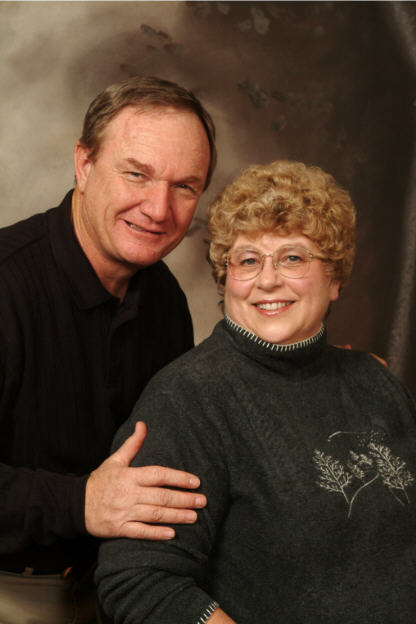

"At Caesarea there was a man named Cornelius, a centurion of what was known as the Italian Cohort, a devout man who feared God with all his household, gave alms liberally to the people, and prayed constantly to God" (Acts 10:1-2).
Actually, Caesarea was the capital of palestine during the time of Christ. It was built by Herod the Great, and no expense was spared in making it a first-class city of luxury and administration. None of the Romans wanted to live in Jerusalem where it was hot and there was more tumult to deal with. Caesarea was a beautiful place to live on the Mediterranian coast, and the climate was much better too. The top picture is of the aquaduct which brought fresh water to Caesarea--the Romans were masters at moving water.
The ruins at Caesarea were similar to those at Jerash, though not as well preserved. Caesarea had all the amenities that were expected of any sophisticated Roman city. There was a theater, amphi-theater, a hippodrome, colliseum and baths. Herod built a harbor there using very modern construction techniques which included the use of hydraulic cement.
The lower picture includes some of Tiberius, on the shore of Galilee, and if you look carefully, the snow-capped Mount Herman can be seen. Tiberius is another beautiful city in Northern Israel. It was a beautiful view from my 7th floor room.
On 1-20-08 I was up at 5:00 packing my bags and setting them out so that we could all be gone by 7:00. Our first stop was at Caesarea on the Mediterranian coast. It would have been a beautiful place to live, and would still be a beautiful place to live.
From Caesarea it was on to Megiddo. Megiddo is an important place in Israel's history, and according to Revelation, the last battle in history will take place there. From Megiddo, Nazareth can be seen--it could have been that as a boy, Jesus might have played in its ruins. If you have ever read James Michener's The Source you need to know that the excavations at Megiddo were used as a model for his writing.
Next we went to Nazareth, which is now a city of more that 65,000. We saw the cliff over which the people of his home town were going to throw Jesus. Had they been successful, Jesus would have died there, but it was not his time.
In Cana, where Jesus performed his first miracle of turning water into non-alchoholic wine (don't argue) at the wedding celebration, the married couples in our group renewed their wedding vows. It was also in that rustic little town that we saw a tricked-out BMW coup with fancy wheels. It seemed out of place.
Finally we arrived, as usual, after dark in Tiberias, where we spent the night at the Royal Plaza Hotel.
Grace&Peace,
Tom


No comments:
Post a Comment